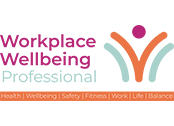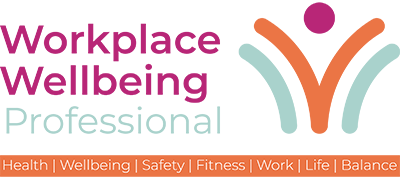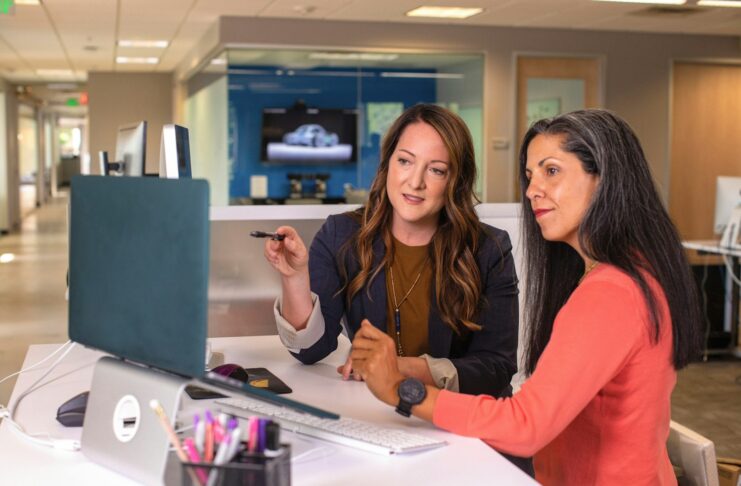Marketers are often at the forefront of shaping exceptional customer experiences, creating dynamic campaigns that capture attention and communicate brand values. Yet, the wellbeing of the professionals behind these efforts is frequently overlooked.
In an industry known for high pressure and constant innovation, it’s time to turn the spotlight inward – on the marketers themselves – and prioritize their workplace experience, mental health, and overall wellbeing.
With research showing that 56% of marketers fear burnout in their current role, and those aged 25-34 fearing it the most (57%) – it is vital that employee wellbeing becomes a greater area of focus for businesses.
Lessons From the Pandemic
The pandemic radically changed the world of work and placed a spotlight on the importance of employee wellbeing. For many, this shift in perspective proved beneficial, prompting organizations to reevaluate and strengthen their approach to employee wellbeing.
Three quarters (74%) of marketers believe their employers now take mental health more seriously, and more than half (57%) feel that their company’s mental health initiatives have had a positive impact on their wellbeing.
But as the nation continues to revert to pre-pandemic levels of normality, and ‘office-first mindsets’ resume – we must ensure that employee wellbeing does not fall down the agenda.
The pandemic highlighted the importance of positioning mental wellbeing alongside physical health, without judgement and stigma. But despite there being improvements, there is still a long way to go.
If we are to ensure wellbeing remains a boardroom imperative, then we must encourage organisations to focus on internal engagement and building strong employee brand ambassadors. This will be crucial not only for productivity, but for fostering long-term success.
The Power of the Employee Brand Advocate
In today’s high pressure marketing environment, where stress and burnout are increasingly common, our people are not just our greatest asset – they are our brand.
As we look back on Stress Awareness Month and the topics that were discussed, it’s clear that engagement isn’t just about morale; it’s about survival and growth. Employees who feel heard, valued and connected to a shared purpose become authentic and powerful brand advocates.
Unlike any external campaign, advocacy from within is rooted in trust and lived experience. A proud workforce with a clear mission speaks volumes and will amplify your message far beyond the boardroom. This drives productivity, fuels retention, and builds a brand image no competitor can replicate.
Human resources and marketing lie at the heart of employee engagement and empowerment, co-creating a culture where every voice matters and every employee becomes a living, breathing ambassador of the brand.
Harnessing the power of your team, and fostering an environment where they can thrive, is essential for reducing stress and enhancing employee wellbeing. At the Chartered Institute of Marketing (CIM), we recognise that working closely with HR, marketers have a unique role to play in this process.
Effective marketing starts with employee wellbeing. For marketing teams to remain high-performing, effective and productive, championing marketing’s mental health challenges is crucial.
Leveraging Employee Advocacy for Success in a Post-Pandemic World:
- Build a long-term, proactive mental health strategy: Treating employee wellbeing as a strategic rather than a reactive challenge is key to fostering a supportive working culture. Stress can fluctuate during busy times, and embedding support into daily workflows and tools can help combat high stress levels before they become a crisis.
- Employer-employee collaboration is key: Employee insights are key to understanding wellbeing needs within an organisation. Facilitating open discussions about wellbeing strategies leads to truly impactful wellbeing initiatives.
- Practical tools and resources: Providing practical tools and resources such as information sessions, signposting and comprehensive training is crucial to effectively supporting employee wellbeing.
- Time management: Remote/hybrid work blurs work-life boundaries, and the fast-paced, high-pressure marketing industry can create an ‘always on’ culture, increasing stress and burnout risk. Taking time to pause and breathe is crucial for stress reduction and burnout prevention.
- One size does not fit all: To truly support employee wellbeing, we should avoid a one-size-fits-all approach. Similar to how marketers focus on understanding individual customer needs, a more effective strategy involves recognising and addressing the unique wellbeing needs of each employee.
- Small actions can have a big impact: No act is too small, and small and immediate actions during the working day such as protecting lunch hours can create moments for employees to take time for themselves away from work.
- Stress can have a severe impact on employee wellbeing and impinge on overall performance. The pandemic may have kickstarted short-term change, but now is the time for employers to review their existing wellbeing initiatives, strengthen their efforts to combat the issue and implement real long-term cultural change.

Sarah Lee-Boone is is an inspiring, FCPID-accredited HR director with extensive experience in business transformation and change. At CIM, Sarah leads the development of the organisation's employee experience, workplace, and organisational design strategy, driving positive change throughout the business. She is passionate about challenging perceptions and positioning HR as a catalyst for growth.


